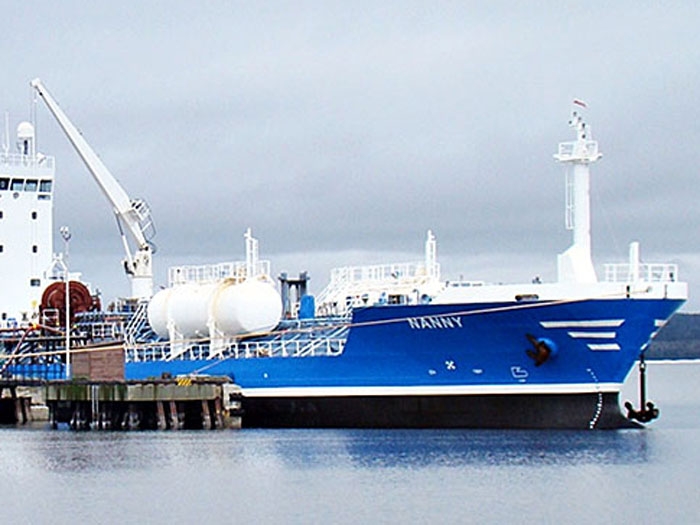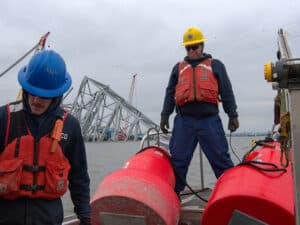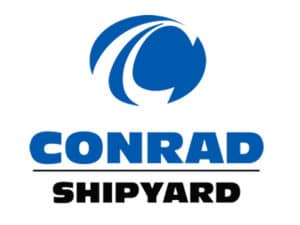
Fatigue blamed in tanker grounding
Written by Nick Blenkey
MARCH 15 2016 – The Transportation Safety Board of Canada says fatigue was a factor in the October 14 grounding of the 110 m oil and chemical tanker Nanny west of Deer Island in the Chesterfield Inlet, Nunavut.
The Nanny had a partial cargo of diesel on board. No pollution or injuries were reported, but there was damage to the ballast tanks, including a crack that allowed water ingress. The vessel resumed its voyage following the occurrence, and later proceeded to St. John’s, Newfoundland and Labrador, for repairs.
In its investigation report (M14C0219), the Transportation Safety Board (TSB) determined that fatigue contributed to helm orders being incorrectly applied causing the Nanny to make bottom contact.
At the time of the incident, the Nanny was outbound in darkness in the confined waters of Chesterfield Inlet after completing refueling operations for the community of Qamani’tuaq (Baker Lake), Nunavut. To initiate a large course alteration, the master ordered the helmsman to apply port rudder. The helmsman acknowledged the order by repeating it, but turned to starboard instead.
Within seconds, the master issued a larger port helm order because the vessel was not responding as he expected. The master then ordered port helm two more times, and the helmsman continued to apply starboard helm until 51 seconds later, the helmsman stated the helm was to starboard and applied the correct port order.
As the vessel passed its course alteration point, the master took action to slow the vessel down, but the strong tide and the vessel’s speed did not allow enough time to prevent the Nanny from touching bottom at Deer Island.Investigators determined that the master and helmsman were fatigued at the time of the occurrence, and that ineffective fatigue management aboard the vessel contributed to their being fatigued while on duty. Neither the master nor the officer of the watch (OOW) noticed the helm direction error, and the OOW had ceased participating in the navigation of the vessel after the master took over, prior to the alteration in course.
The investigation also identified deficiencies in the vessel’s navigational procedures, and in the application of bridge resource management principles.
The TSB says that effective safety management requires organizations to identify and manage risks associated with their operations. Despite having a certified and audited safety management system (SMS), the investigation also found several shortcomings with the SMS implementation on board the Nanny which contributed to the occurrence.
The TSB has identified safety management and oversight as a Watchlist issue. The Board is calling on Transport Canada (TC) to implement regulations requiring all operators in the marine industry to have formal safety management processes and for TC to oversee these companies’ safety management processes.
Following the occurrence, the vessel’s operator — Coastal Shipping Limited, Goose Bay, Newfoundland and Labrador — implemented enhanced fatigue management procedures, crew training on fatigue, and improved procedures for navigating in confined waters.
Download the report HERE





Leave a Reply
You must be logged in to post a comment.